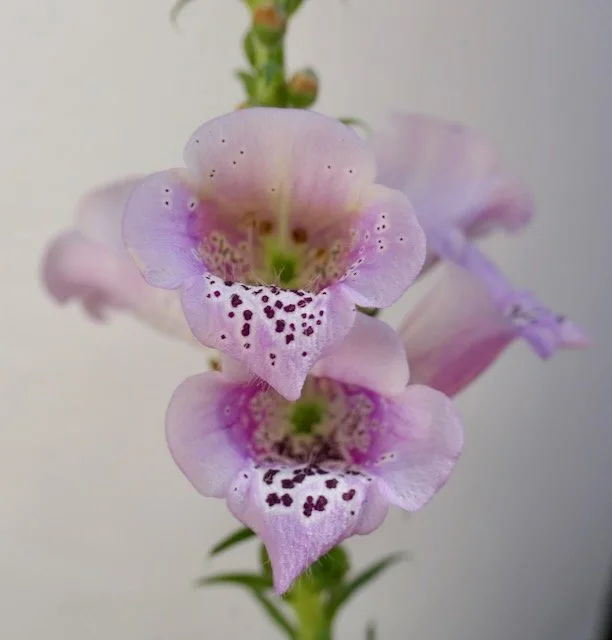Floral chemistry and bee cognition
Pollen Rewards
Pollen provides bees with many critical nutrients-- for example, it is their major source of protein and lipids. Despite this, remarkably little is known about basic aspects of their pollen foraging behavior. Nutrition plays an important role in bees' response to many kinds of human-driven environmental changes, so we're interested in basic questions including what kinds of plants offer the most nutritious pollen, and how bees can discriminate between plants offering pollens of different qualities.
We provided some of the most direct evidence that bees can assess pollen traits through taste (Biology Letters 2016) and Felicity Muth also determined that bees can learn to associate color patterns with pollen rewards (Animal Behaviour 2016).
In Combination…
Although usually studied separately, many bees collect both nectar and pollen over the course of a foraging bout. Work by Jacob Francis and Felicity Muth tackled the question of how bees forage for multiple rewards from ecological and cognitive perspectives.
To highlight some of this work, we found (Biology Letters, 2015) that "multitasking" foragers (that collect both pollen and nectar from flowers) can learn that one floral color predicts a nectar reward, whereas another color predicts pollen. However, nectar and pollen can interact with each other to influence learning and foraging preferences. For example, we found (Behavioral Ecology 2018) that the presence of a pollen fatty acid enhances learning color-nectar associations, however collecting actual pollen while learning a nectar-color association can impair performance (Animal Behavior 2017). Likewise, nectar presence and quality can change bees’ response to chemically-defended pollen (Current Biology 2019). Foraging decisions can also be influenced by colony input, and we also explored how individual foragers structure their collection of nectar vs. pollen in relation to what the colony needs and what the flower offers (Behavioral Ecology 2016).
Nectar Chemistry
Nectar is much more than a simple sugar solution. Rather, it is a complex mixture that can contain a brew of secondary compounds at behaviorally relevant doses, amino acids and ions. We are interested in understanding how secondary metabolites affect pollinator biology and behavior, and in exploring how other nectar constituents affect the gustatory preferences and responsiveness of bumblebees (a collaboration with Casey Philbin and Chris Jeffrey, UNR Chemistry Dept.). Some of this work led by Felicity Muth on biogenic amines in nectar is out (iScience 2022; Apidologie 2023).


